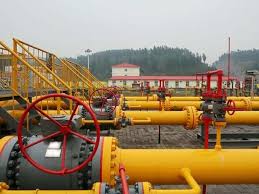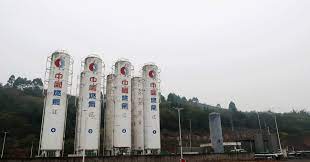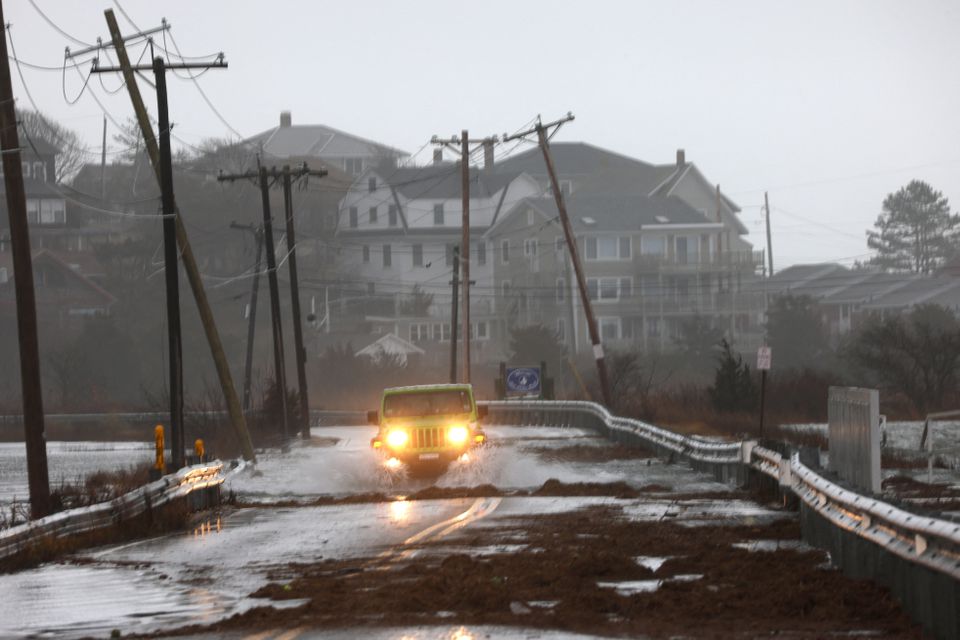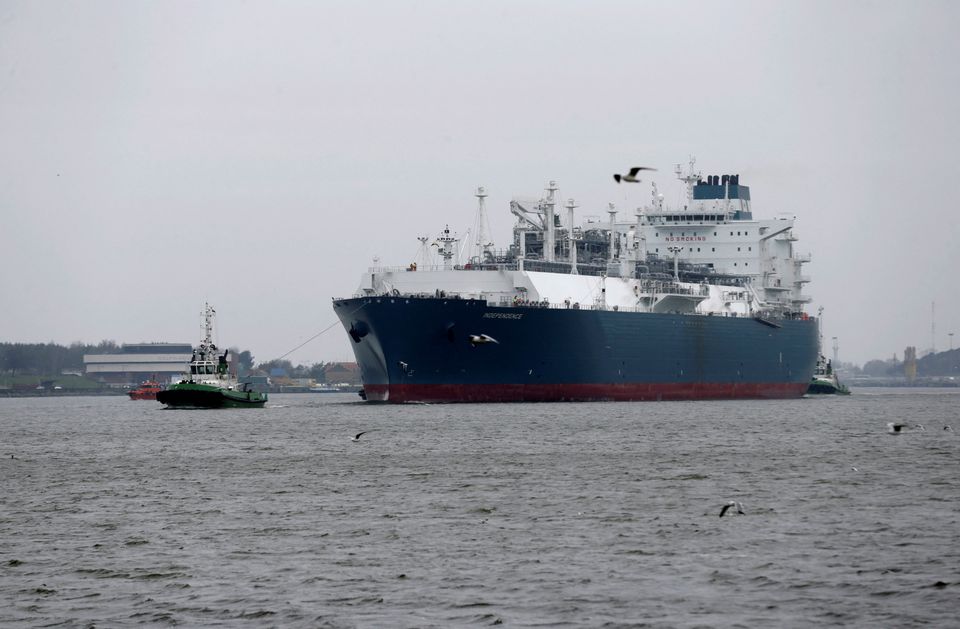The floating nuclear power plant Akademik Lomonosov was today connected to the grid, generating electricity for the first time in the remote Chaun-Bilibino network in Pevek, in Russia’s Far East. The achievement followed Russian regulator Rostekhnadzor's provision of an operating licence, as well as permission to connect to the northern electricity grid maintained by Chukotenergo JSC. Connecting the plant to Pevek's heat networks will be completed next year.
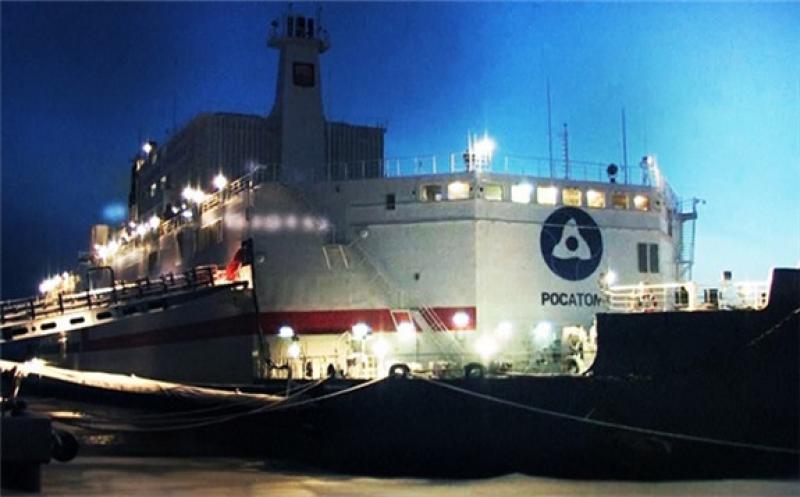 The Akademik Lomonosov floating nuclear power plant (Image: Rosatom)
The Akademik Lomonosov floating nuclear power plant (Image: Rosatom)
Akademik Lomonosov is a pilot project and a 'working prototype' for a future fleet of floating nuclear power plants and on-shore installations based on Russian-made small modular reactors (SMRs). These units will be available for deployment to hard-to-reach areas of Russia's North and Far-East, as well as for export.
Alexey Likhachov, director general of state nuclear corporation Rosatom, said Akademik Lomonosov had thus becomes the world's first nuclear power plant based on SMR technology to generate electricity. "This is a remarkable milestone for both the Russian and the world's nuclear energy industry. This is also a major step in establishing Pevek as the new energy capital of the region," he said.
World Nuclear Association Director General Agneta Rising said: “It is fantastic to see this innovative new floating nuclear power plant begin operating just in time for the winter celebrations. It will provide much needed clean electricity and heat to this remote arctic community." She added: “There are around 50 advanced nuclear technologies under development at the moment with many countries pursuing novel designs and seeking to use nuclear technology for new and exciting applications. This may be the world’s first SMR, but many more will soon follow. These smaller reactors are well-suited for supplying electricity to hard to reach regions as well as serving smaller grids and industrial centres. We are at the dawn of a new era in nuclear technology.”
Kirsty Gogan, head of Energy for Humanity, a London-based NGO, said: "For hard-to-reach regions, with a climate that is simultaneously too harsh to support the use of renewable energies and too fragile to continue its heavy dependence on fossil fuels, small nuclear, including floating plants, is the only answer. Akademik Lomonosov is the first step towards demonstrating its potential for decarbonisation of the Arctic and beyond."
Once it starts commercial operation, Akademik Lomonosov will become Russia’s eleventh nuclear power plant. It will also mark the first time in the history of the country's nuclear energy history that two nuclear power plants - Akademik Lomonosov FNPP and the Bilibino NPP - operate in the same region.
Named after the 18th century Russian scientist Mikhail Lomonosov, the plant is equipped with two KLT-40C reactor systems, each with a capacity of 35 MW, similar to those used on icebreakers. It is 144 metres long and 30 metres wide, and has a displacement of 21,000 tonnes.
SMR-based nuclear power plants (featuring reactors of less than 300 MWe each), floating and on-shore, are designed to made it possible to supply electricity to hard-to-reach areas, smaller grids and off-grid installations, Rosatom said.
"These small nuclear reactors can operate non-stop without the need for refuelling for three to five years, thereby considerably reducing the cost of electricity generation. Whilst variable renewable energy installations such as wind and solar for such areas require expensive and polluting diesel back-up or expensive energy storage, small nuclear power plants ensure uninterrupted electricity supply even for energy intensive users.
"The reactors have the potential to work particularly well in regions with extended coastlines, power supply shortages, and limited access to electrical grids and the plant can be delivered to any point along a coast and connected to existing electrical grids."
Pevek residents marked the symbolic day by turning on the fairy lights on the town's Christmas tree.
